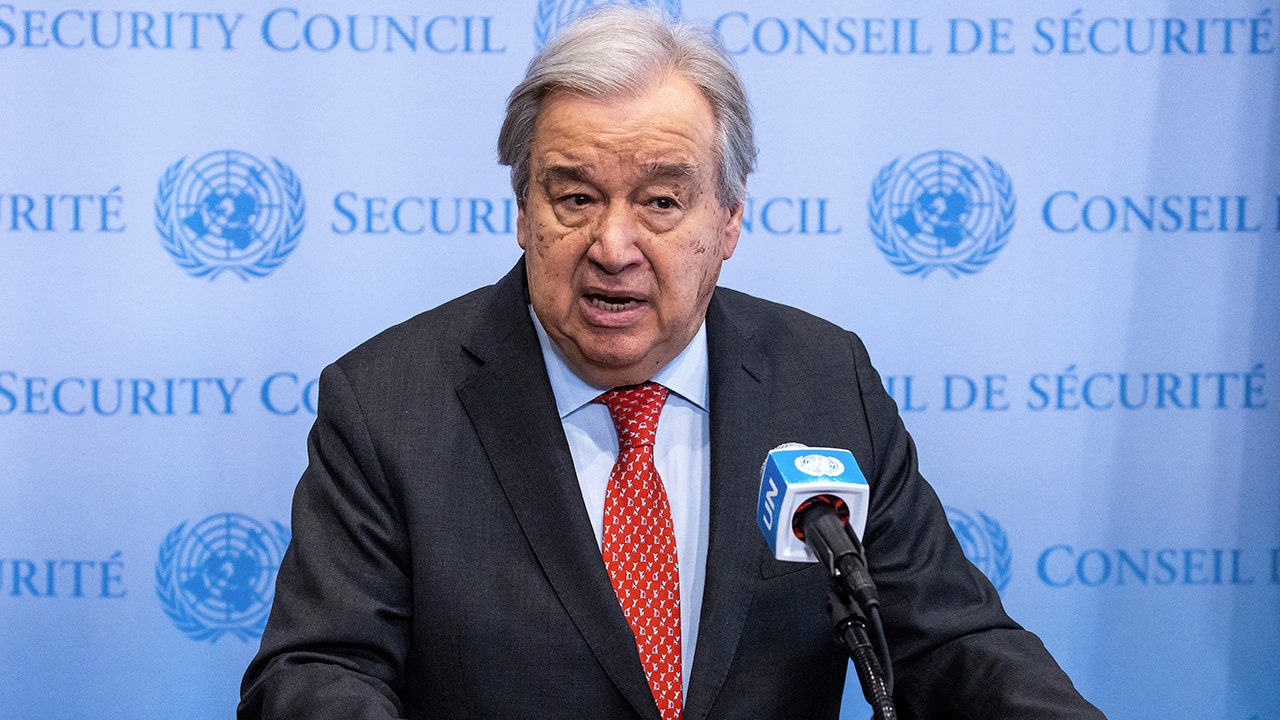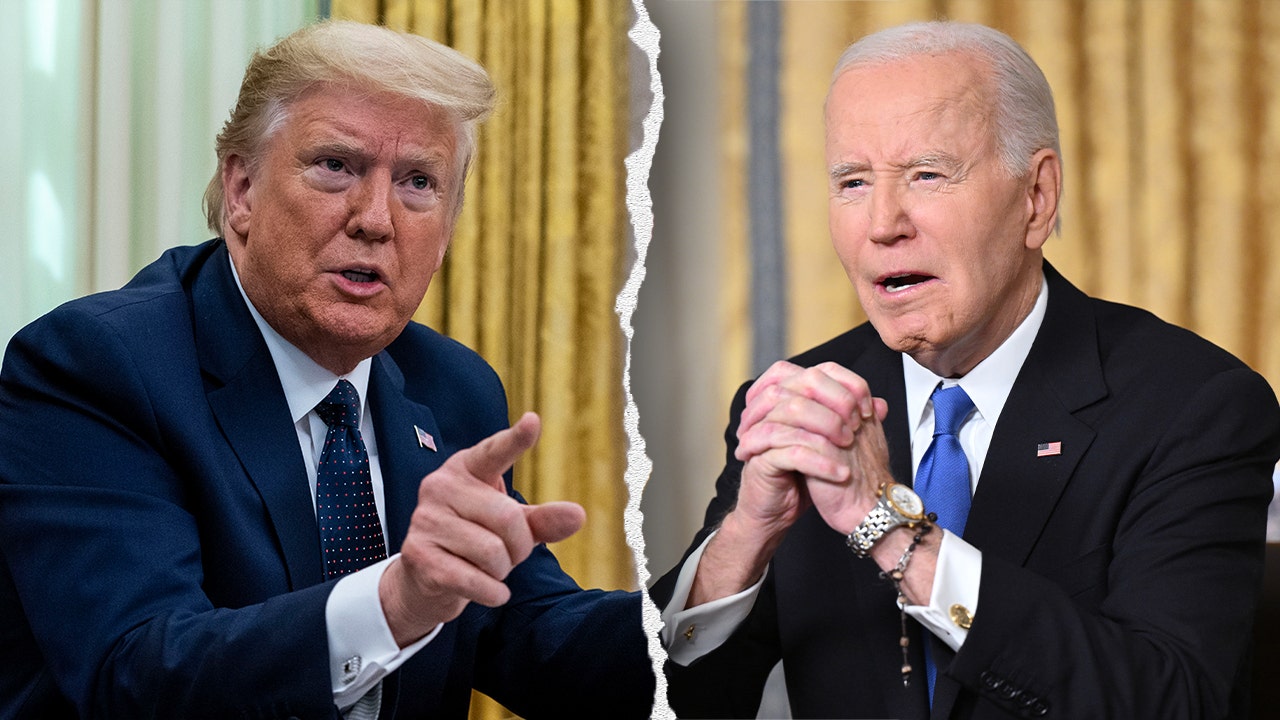BERLIN — Russia’s full-scale invasion of Ukraine two years ago was an enormous shock to Europeans. Used to 30 years of post-Cold War peace, they had imagined European security would be built alongside a more democratic Russia, not reconstructed against a revisionist imperial war machine.
There was no bigger shock than in Finland, with its long border and historical tension with Russia, and in Sweden, which had dismantled 90 percent of its army and 70 percent of its air force and navy in the years after the collapse of the Soviet Union.
After the decision by Russia’s president, Vladimir V. Putin, to try to destroy a sovereign neighbor, both Finland and Sweden rapidly decided to apply to join the NATO alliance, the only clear guarantee of collective defense against a newly aggressive and reckless Russia.
With Finland having joined last year, and the Hungarian Parliament finally approving Sweden’s application on Monday, Mr. Putin now finds himself faced with an enlarged and motivated NATO, one that is no longer dreaming of a permanent peace.
As NATO countries look with some trepidation at the possibility that the unpredictable Donald J. Trump, no fan of the alliance, may become U.S. president again, its European members are taking measures to ensure their own defenses regardless.
Critics consider their actions to be too slow and too small, but NATO is spending more money on defense, making more tanks, artillery shells, drones and jet fighters, putting more troops on Russia’s borders and approving more serious military plans for any potential war — while funneling billions of dollars into Ukraine’s efforts to blunt Russia’s ambitions.
The reason is sheer deterrence. Some member states already suggest that if Mr. Putin succeeds in Ukraine, he will test NATO’s collective will in the next three to five years.
If Mr. Trump is elected and casts serious doubt on the commitment of the United States to come to the defense of NATO allies, “that might tip the scales for Putin to test NATO’s resolve,” said Robert Dalsjo, director of studies at the Swedish Defense Research Agency.
Even now, Mr. Dalsjo said, Mr. Trump or not, Europe must prepare for at least a generation of heightened European containment and deterrence of a Russia becoming militarized, and where Mr. Putin clearly “has considerable public support for his aggressive revanchism.”
Still, with Hungary finally voting for Sweden’s accession to NATO, at last the pieces are falling into place for a sharply enhanced NATO deterrent in the Baltic and North Seas, with greater protection for the frontline states of Finland, Norway and the Baltic nations, which border Russia.
Once Hungary hands in a letter certifying parliamentary approval to the U.S. State Department, Sweden will become the 32nd member of NATO, and all the countries surrounding the Baltic Sea, with the exception of Russia, will be part of the alliance.
“Sweden brings predictability, removing any uncertainty about how we would act in a crisis or a war,” Mr. Dalsjo said. Given Sweden’s geography, including Gotland, the island that helps controls the entrance to the Baltic Sea, membership “will make defense and deterrence much easier to accomplish,” he said.
It was Russia’s full-scale invasion of Ukraine two years ago that pushed Finland into deciding to join NATO, and Helsinki pulled a somewhat more reluctant Sweden into applying to join as well.
Finland, with its long border with Russia, saw the most imminent danger; the Swedes did too, but were also convinced, especially on the political left, by a sense of moral outrage that Russia, a permanent member of the U.N. Security Council, would seek to destroy a peaceful, sovereign neighbor.
“Overall the feeling is that we’ll be safer,” said Anna Wieslander, a Swede who is director for northern Europe for the Atlantic Council.
History mattered, too, said Mr. Dalsjo. “If Finland joined we had to — we could not be a wall between Finland and its helpers in the West one more time,” as neutral Sweden had been during Finland’s brave but losing “Winter War” against the Soviet Union in 1939, when Finland had to cede some 11 percent of its territory to Moscow.
With Sweden and Finland together in NATO, it will be much easier to bottle up the Russian surface navy in the Baltic Sea and to monitor the High North. Russia still has up to two-thirds of its second-strike nuclear weapons there, based on the Kola Peninsula.
So the new members will help provide enhanced monitoring of a crucial part of Russia’s military, said Niklas Granholm, the deputy director of studies at the Defense Research Agency.
Russia’s fleet in Kaliningrad, on the Baltic Sea between Poland and Lithuania, is only 200 miles away, and so are its Iskander nuclear-capable missiles. NATO planners have long worried about how to support the Baltic nations if Russia seized the 40-mile “Suwalki Gap” between Kaliningrad and Belarus, but Sweden’s position straddling both the North and Baltic Seas would make it much easier to send NATO reinforcements.
Russia will still retain its land-based missiles, of course, but its nuclear-armed submarines may find it more difficult to maneuver out into the open sea without detection.
Sweden, with its own advanced high-tech defense industry, makes its own excellent fighter planes, naval corvettes and submarines, designed to operate in the difficult environment of the Baltic Sea. It has already begun to develop and build a new class of modern submarines and larger corvettes for coastal and air defense.
With NATO membership, it will be easier now to coordinate with Finland and Denmark, which also have key islands in the Baltic Sea, and with Norway.
After the collapse of the Soviet Union, Stockholm decided that war was a thing of the past. It removed nearly all of its forces from Gotland, and reduced the national army by around 90 percent and the navy and air force by about 70 percent.
The forces are slowly being restored, and spending on the military, which was close to 3 percent of gross domestic product during the Cold War but sank to about 1 percent, this year will reach 2 percent, the current NATO standard. “These investments will take time, and we need to move faster,” Mr. Granholm said.
Sweden may also join NATO’s multinational enhanced forward brigade in Latvia, intended to put allied troops in all the alliance countries bordering Russia.
Sweden’s main tasks, Ms. Wieslander said, will be to help guard the Baltic Sea and the airspace over Kaliningrad; to ensure the security of Gothenburg, which is key for resupply and reinforcements; and to serve as a staging area for American and NATO troops, with agreements for the advance positioning of equipment, ammunition, supplies and field hospitals.
For both Finland and Sweden, membership is the end of a long 30-year process of what Mr. Dalsjo called “our long goodbye to neutrality.” First came the collapse of the Soviet Union and the decision to join the European Union, which meant dropping neutrality for what both countries called “military nonalignment.”
Sweden, which had quiet defense guarantees from the United States, gradually became more explicitly Atlanticist and integrated more and more with NATO, he said. “And now we take the final step.”
Sweden will need to adapt its strategic culture to working within an alliance, Ms. Wieslander said. “It will be a big difference for us, and allies will expect Swede to show some leadership.”
Like Finland, Sweden will need to integrate its forces into NATO and develop new capabilities for collective defense rather than concentrating solely on defending the homeland.
“It’s a steep learning curve,” said Mr. Granholm. “We don’t yet have the full picture of NATO’s regional plans,” but will now as a full member. “Then we need to sink our teeth into what NATO wants us to do, and what we want to do. We are doing this to protect ourselves, after all.”





